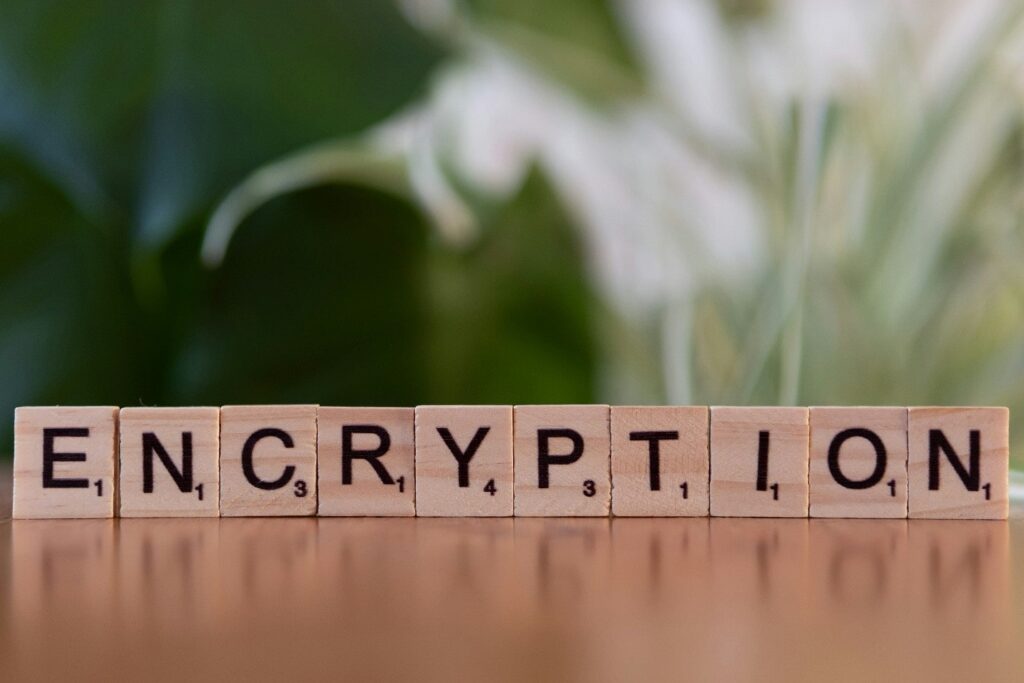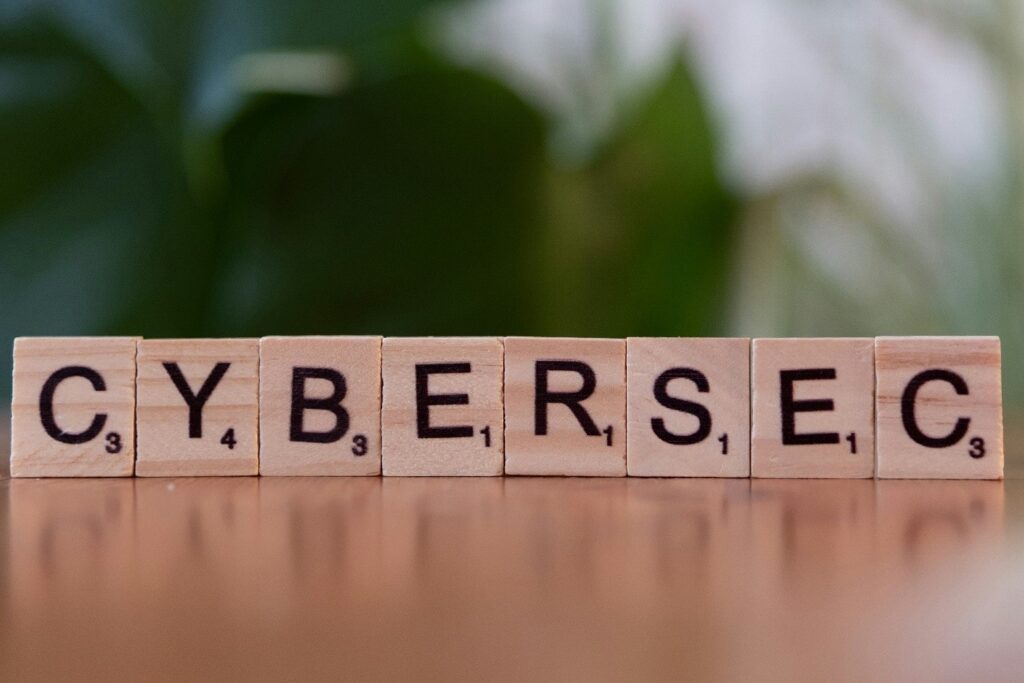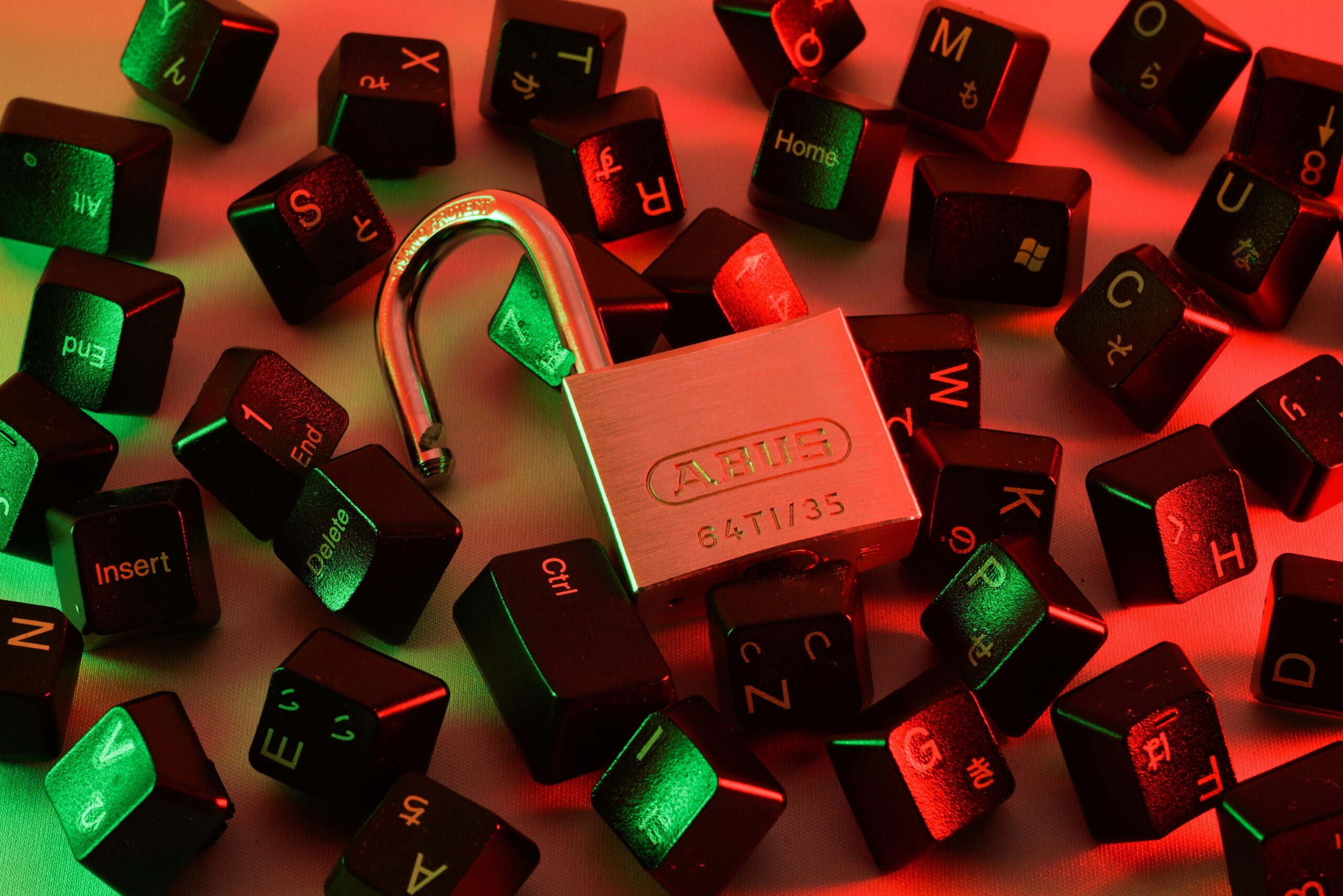There is a revolution brewing on the horizon, and it’s causing waves in the world of cybersecurity. Quantum computers, long hypothetical, are now becoming a reality – and they have the potential to shatter the encryption that secures our online lives.

Imagine having a digital safe-cracker with supernatural powers. Sure, quantum computers will revolutionize medicine and science with wonderful breakthroughs, but they also represent an enormous threat to our cyber security. Businesses everywhere are competing to get ready for this quantum future before it is here with us.
The electronic locks we have used for decades weren’t designed to resist these new quantum devices – and we are running out of time to replace them.
The Fundamentals of Classic Cybersecurity
Our online world is guarded by unseen shields – encryption techniques that encrypt information in such a way that only specified individuals have access to it. These techniques safeguard everything from your financial transactions to state secrets.
Today’s encryption is essentially an ultra-hard padlock. The mathematical formula behind such padlocks is such that even the most powerful ordinary computers in the world would take billions of years to open them.
This security practice has served us very effectively for decades, safeguarding our online purchases, online banking, personal communications, and commercial transactions. But quantum computing is a different game altogether.
Quantum Computing: A Paradigm Shift
Quantum computers are quite different from our everyday computers. These use the features of quantum physics in order to handle information in ways that border on appearing magical.
Today’s computers compute information in terms of bits (1s and 0s), but quantum computers compute with “qubits” that have more than one value at once. This is what makes them incredibly powerful at solving specific problem types – notably mathematical challenges that are at the heart of our encryption.

Governments and major tech companies are spending billions on research into quantum computing. Although full-strength quantum computers are still on the horizon, experts speculate that they may appear sooner than we anticipate – as early as within a decade.
Shor’s Algorithm: The Game Changer
The largest threat is a mathematical formula known as Shor’s algorithm. Developed in 1994, it illustrated how quantum computers might effectively break the complicated maths that make our cryptography secure.
This is not about making existing code-breaking quicker – it’s a matter of making it virtually instantaneous. Encryption that would take billions of years to break with normal computers may take only hours to crack with a quantum computer.

What is troubling is that attackers may be storing encrypted information now, waiting for quantum computers to have enough power to break this encryption. Decades worth of information that must remain hidden may become accessible.
Critical infrastructure at risk
This is not only about personal privacy – our entire modern-day infrastructure is based on secure encryption:
- Banking systems and financial markets rely on secure transactions.
- Government and military communications must remain confidential
- Our most confidential personal information is in healthcare records
- Energy grids, transport systems, and other key infrastructure are becoming more digitalized.
One such weakness in these systems has cascading impacts on society. The security and economic ramifications are enormous.

Post-quantum cryptography solutions
The best news is that cryptographers aren’t standing still. They are creating “quantum-resistant” cryptography techniques that will resist quantum-based attacks.
The National Institute of Standards and Technology (NIST) has examined and chosen new forms of encryption that are resistant to quantum computers. The new methods use a variety of mathematical challenges that will also pose difficult challenges for quantum computers.

Most of these new encryption methods, unlike quantum technology itself, are compatible with our current devices and networks – they only need new software and systems.
Transitioning to Quantum-Safe Security
The problem is not so much generating new encryption – it’s replacing the insecure systems currently in use. The transition is one of the biggest security overhauls in computer history.

Organizations must become “crypto-agile” – capable of making rapid changes to encryption mechanisms without having to rebuild systems. This implies:
- Locating all areas where vulnerable encryption is utilized – Prioritizing what needs protection first
- Implementing new encryption methods alongside existing ones – Testing extensively to avoid disruption
This will not take place overnight. Some compare it to preparing for the Y2K (Year 2000) – an enormous, coordinated effort to ready key systems by a deadline.
Immediate Steps for Organizations
For organizations and businesses, preparation needs to start now:
- Inventory: Find out where sensitive information exists and how it is safeguarded
- Evaluate risks: Identify information that must have long-term protection
- Remain aware: Monitor advancements in quantum-resistant cryptography
- Upgrade planning: Integrate quantum-resistant measures in your tech roadmap
- Speak with vendors: Ask them how they plan for the quantum future
Those organizations that plan methodically will weather this shift seamlessly. Those ignoring these warning signals may find themselves with digital resources suddenly exposed when quantum computing becomes a reality.
The quantum threat to security is not science fiction – rather an impending reality that needs attention now. Although we cannot say for certain when quantum computers will compromise existing encryption, the window to prepare is open.
This is not an occasion for panic, but for planning. The security practices that have stood us in good stead for decades will need to be replaced in the quantum age. By becoming aware early and acting now, organizations can safeguard themselves against tomorrow’s quantum attacks.
The quantum future is on its way. The question is: will our security keep pace when it does?



